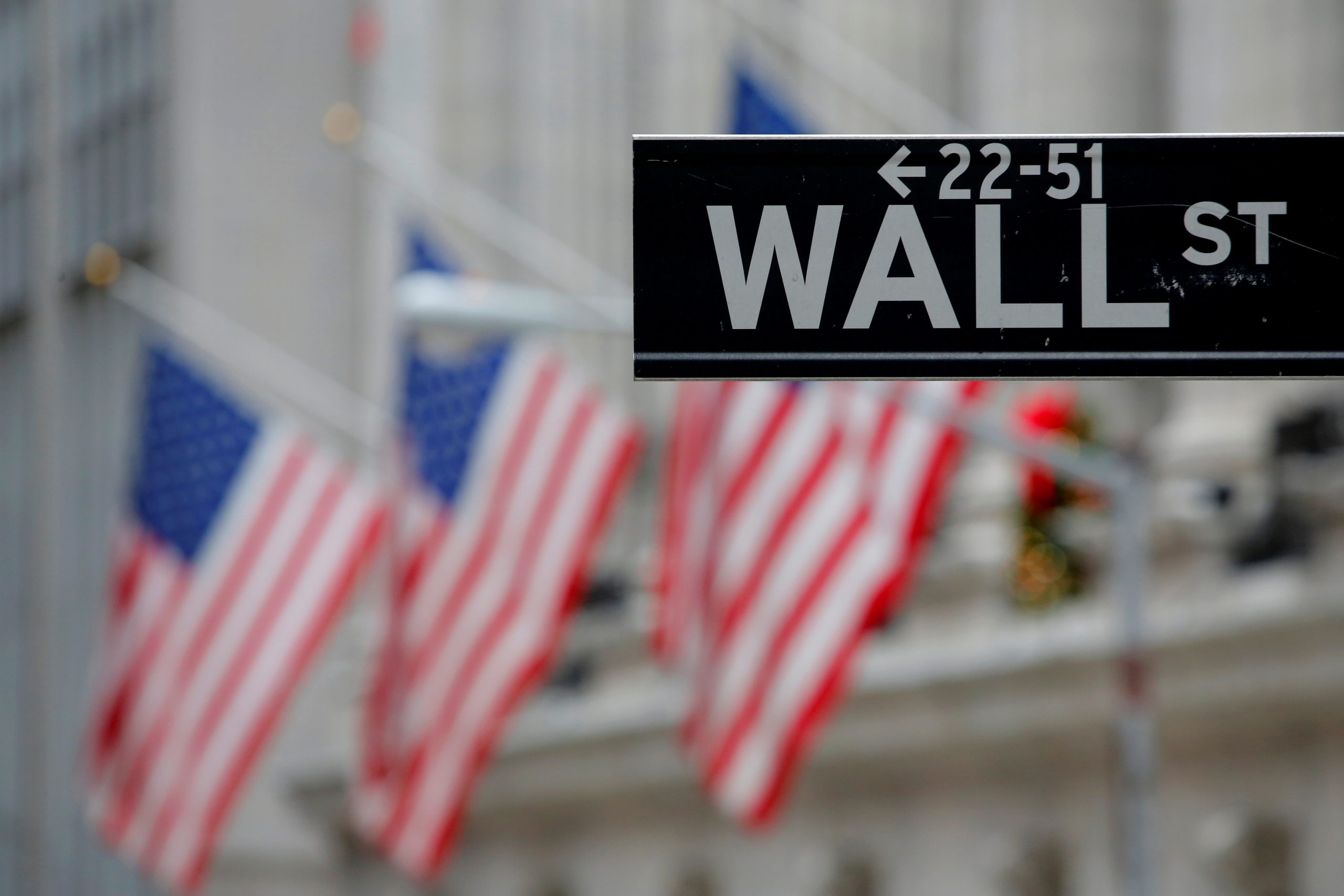In recent weeks, the elusive “Goldilocks economy” has made a return to the financial spotlight, leaving investors curious about its implications for their stock portfolios.
This term, coined decades ago, characterizes an ideal economic scenario – one that’s neither too hot nor too cold but just right. It aims to strike the perfect balance between growth and inflation to keep the bears of economic downturn at bay.
However, this renewed optimism has proven short-lived as stocks have struggled throughout the month of August. The S&P 500’s disappointing performance in August marked its worst month since February, raising questions about the validity of the Goldilocks narrative.
Bearing market
The return of bearish sentiment can be attributed, in part, to market psychology. In 1992, Salomon Brothers’ David Shulman defined a Goldilocks economy as one with 4% annualized growth and 3.2% year-over-year inflation. While we’re not quite there, recent economic indicators suggest we’re closer to this Goldilocks scenario than initially thought.
Earlier in the year, pessimism prevailed with expectations of a looming recession, driven by fears of Federal Reserve rate hikes and various global concerns. Fed Chairman Jerome Powell warned that rate hikes could lead to economic pain, with sticky inflation necessitating higher unemployment and potentially a recession.
Inflation dropping
However, recent data paints a different picture. Inflation has steadily decreased from its peak in June 2022, while GDP has continued to grow at 2.5%, surpassing most expectations. Job growth remains steady, unemployment rates are down, and the labor participation rate is up – all positive indicators.
This aligns with the view that there is no recession on the horizon, but rather modest, consistent growth with inflation stabilizing, creating a Goldilocks-like environment. The stock market has quietly thrived in this scenario, despite the persistent bearish sentiment.
Nonetheless, the fact that we’re once again discussing a Goldilocks economy ushers in a new psychological phase in this 11-month-old bull market. After being wrong for so long, it’s easy for investors to be jolted back to disbelief and panic when faced with any hint of risk.



 News3 days ago
News3 days ago


 News5 days ago
News5 days ago


 Leaders3 days ago
Leaders3 days ago


 News3 days ago
News3 days ago


 Shows3 days ago
Shows3 days ago


 Docos5 days ago
Docos5 days ago


 Leaders4 days ago
Leaders4 days ago


 Leaders4 days ago
Leaders4 days ago





